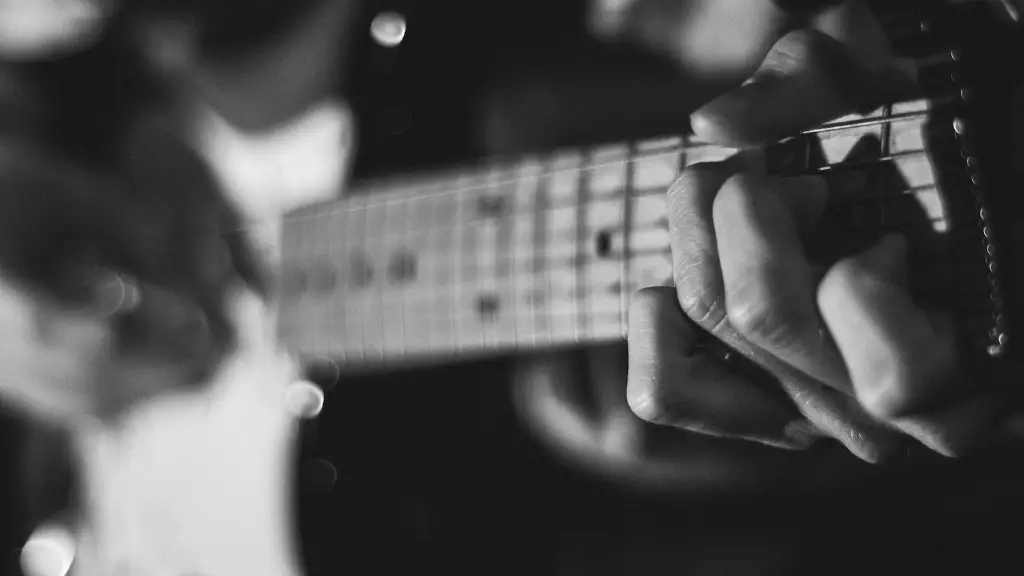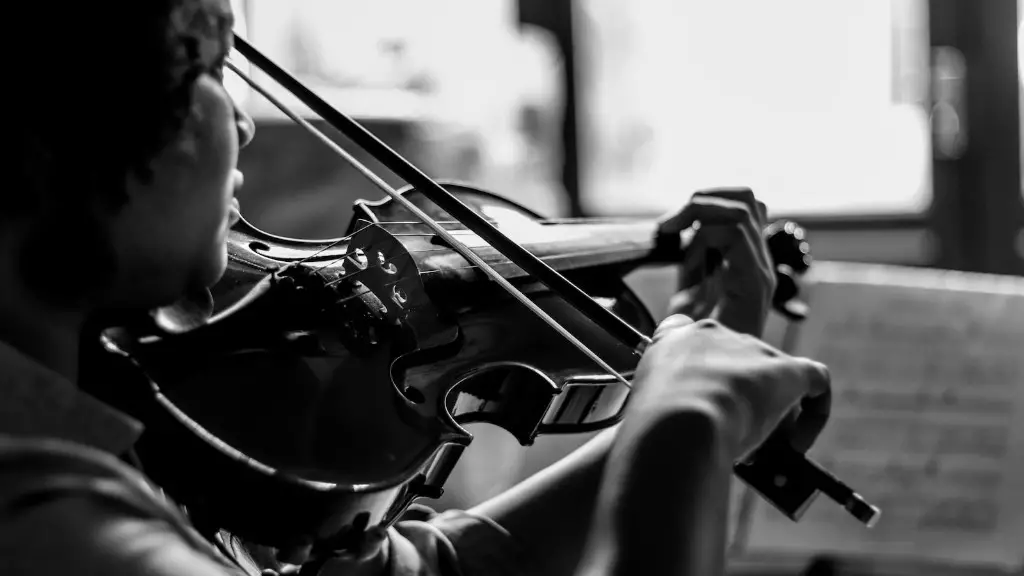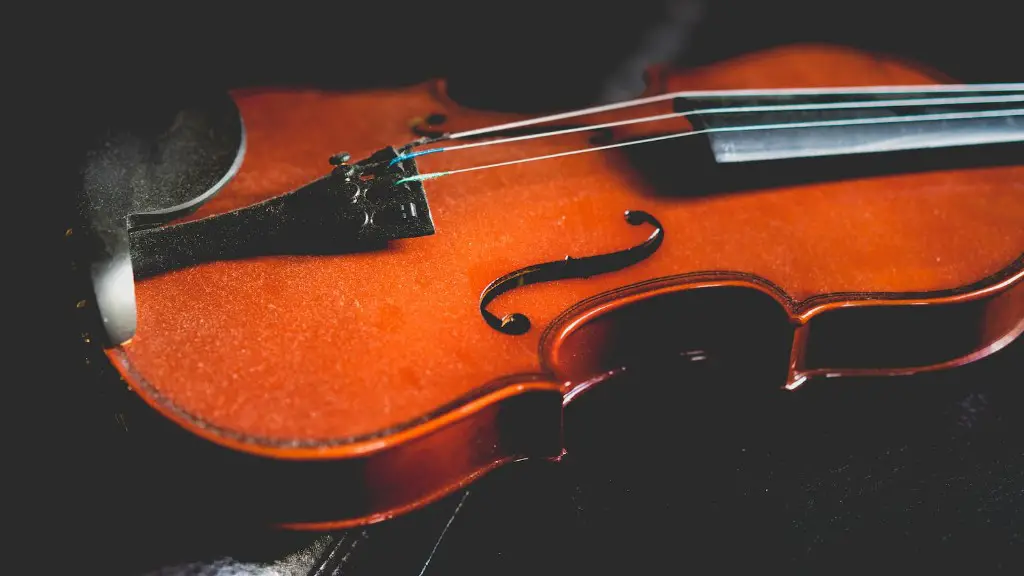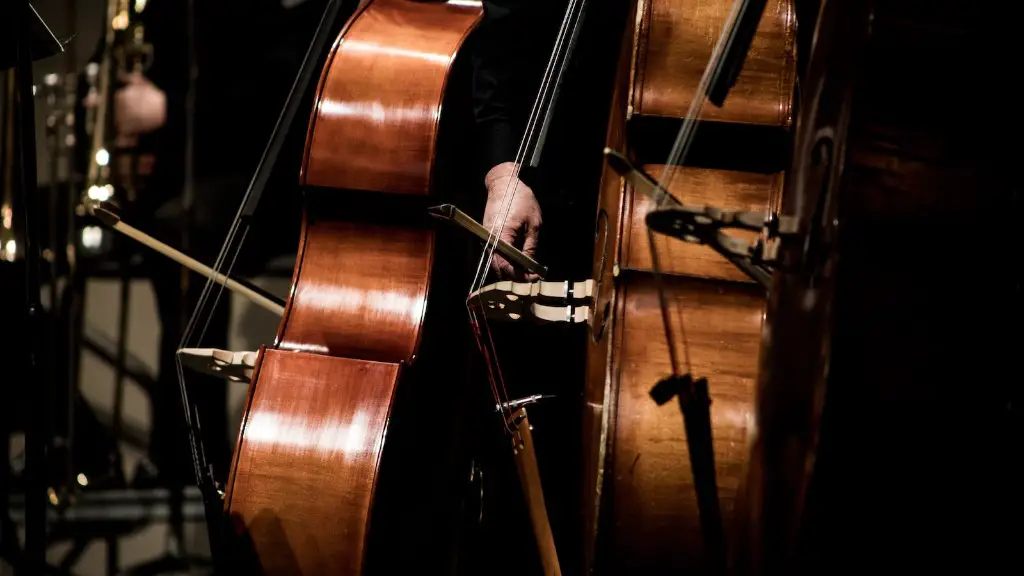Playing minor chords on the piano is an essential part of any musician’s repertoire. It gives a song a more melancholic and emotional tone, and can add depth to your musical pieces. In this article, we will discuss how to play minor chords on the piano.
The first step is to identify which chord you want to play. Chords are indicated with Roman numerals, such as ii orIII. Once you have identified the chord, locate it on the keyboard by finding the root note and then proceeding in thirds up and down the keyboard. For example, a C minor chord would be located at C-E♭-G.
Once you have located the notes of the chord, simply press them down simultaneously. You may need to adjust your hand position depending on how many notes are in your chord. Try playing several combinations of minor chords to get used to their sound and practice transitioning between them smoothly.
With practice, you will be able to play minor chords with ease and incorporate them into your pieces for added depth and emotion!Play the root note, then skip one note and play the third note of the major scale, and then skip one note and play the fifth note of the major scale.
Learning Minor Chord Progressions
Playing minor chords on piano can be a great way to add interesting and complex sounds to your music. It can also create a moody, somber atmosphere. Minor chords are created by playing three different notes at the same time, usually one root note in the bass, a minor third above it, and a perfect fifth above that. To begin learning minor chord progressions, try starting with basic triads such as Am, Dm, and Em. As you become more comfortable with these chords, you can start experimenting with more complex variations like adding sevenths or ninths. Additionally, practicing with different inversions of the chord can help to expand your knowledge of minor chords and progressions. Having an understanding of the theory behind chord progressions is essential for mastering minor chords.
Practicing scales and arpeggios is another great way to further your understanding of minor chords. Scales will help you understand how different notes interact with each other when forming a chord progression, while arpeggios will help you learn how to play multiple notes at once in an orderly fashion. With enough practice and dedication, you’ll soon be able to play complex minor chord progressions on piano with ease!
Playing Minor Chords with Both Hands
Minor chords can add a unique flavor to any composition, and learning how to play them on the piano is an important skill for any musician. To play minor chords on the piano, start by identifying the root note of the chord. This is usually the note that is being played with the left hand. Once you have identified the root note, use your right hand to play a pattern of three notes – one flat third above the root note, followed by a perfect fifth above that note. Finally, finish off with a flat seventh above the root note. To make sure you’re playing in tune and in time, practice slowly and deliberately. As you become more comfortable with playing minor chords on the piano, you can speed up your tempo and practice playing them in various keys. With enough practice and dedication, you’ll be playing minor chords with both hands in no time!
Creating Melodies with Minor Chords
Minor chords add a unique flavor to music and can be used to create beautiful melodies. Learning how to play minor chords on piano is an essential skill for any musician. Minor chords are made up of three notes: the root note, the third, and the fifth. Each note has its own distinct sound which creates the characteristic minor chord sound. This sound can be used to create interesting and complex melodies.
To play a minor chord on piano, start by playing the root note with your left hand. Then, using your right hand, play the third and fifth intervals of the chord. For example, if you were playing a C minor chord you would start by playing C with your left hand and then E-flat and G with your right hand. Make sure that all of the notes are played simultaneously in order to create a complete chord.
To add more depth to your melodies, try experimenting with different inversions of minor chords by playing them in different octaves or switching up the order of notes in your chord progression. You can also incorporate other chord types such as major or diminished chords into your melodies for even more creative possibilities. With practice, you’ll be able to craft beautiful tunes using minor chords on piano!
Practicing Common Minor Chord Patterns
Learning how to play minor chords on piano is an essential skill for any musician. Minor chords sound darker, sadder, and more mysterious than major chords, so they are often used in blues, jazz, and other genres of music. Minor chords can be daunting at first, but with some practice you can master them quickly.
Start by learning the basic minor chord pattern: root note, minor third and perfect fifth. This is the foundation of all minor chords and will give you the ability to create different variations. You can also practice using triads to build minor chord patterns. Triads are three-note chords that consist of a root note, third and a fifth. To create a minor chord triad simply lower the third note by one semitone.
Once you have mastered these basics, you can experiment with more complex variations such as suspended minor sevenths or ninths. When practicing these more advanced patterns it is important to focus on fingering technique as well as playing cleanly and accurately. With enough practice you will be able to play any type of minor chord you desire!
Identifying Different Types of Minor Chords
Minor chords are a common component of most music styles and the building blocks for more complex compositions. They can be identified by their sound, which is darker and more somber than major chords. On the piano, minor chords are made up of three notes: the root note, a minor third above it, and a perfect fifth above that. The most common types of minor chords include minor triads, minor seventh chords, half-diminished seventh chords, and diminished seventh chords.
Minor triads contain three notes: the root note, a minor third above it, and a perfect fifth above that. When playing a chord progression on the piano in a minor key, these three notes will form a recognizable sound which identifies it as being in the minor key.
Minor seventh chords contain four notes: the root note, a minor third above it, a perfect fifth above that, and a minor seventh above that. This chord sounds darker than other types of minors because it adds an extra dimension to its overall sound.
Half-diminished seventh chords contain four notes as well: the root note, a minor third above it, a diminished fifth (or flat fifth) above that, and an additional major seventh or octave higher than that. These are sometimes referred to as “half-diminished” because of their slightly different tonal quality compared to other types of minors.
Finally there is the diminished seventh chord which contains five notes: the root note, a minor third above it, two diminished fifths (or flat fifths) above that and an additional major seventh or octave higher than that. This chord is very dark in sound due to its multiple altered notes and can be used as both an ending or resolution point for many musical pieces or progressions.
Overall each type of minor chord has its own distinct sound which
Minor Chords on Piano
Playing Minor Chords on the piano is a great way to add depth and complexity to your music. Minor chords are created by playing three notes together, typically the root, flat third, and fifth of a particular scale. Each key signature has its own minor chord voicing, so it’s important to understand how to play minor chords in different keys.
To start building your understanding of minor chords, begin by playing the common minor chord progression I-iv-V-i in C Major. This progression will help you get familiar with the sound of each chord and how they move within a key signature. After you’ve mastered basic voicings for each of these chords, try experimenting with different inversions and extensions to add more color to your playing.
Once you’ve gained some familiarity with this progression in C Major, it’s time to move on to other keys. By learning the same basic voicings for each chord in other keys, you can quickly build your understanding of how minor chords sound in different contexts. As you practice these progressions in other keys, be sure to focus on developing a strong sense of rhythm and keeping your voicings clean and consistent.
By taking the time to learn how to play minor chords on piano across different keys, you can create more interesting music that adds depth and complexity. With practice and patience, soon you’ll be able create interesting progressions that capture the emotion of any song or piece of music!
Final Words
Playing minor chords on piano is relatively easy once you understand the structure of the chord and the notes that make it up. It’s important to practice your scales and arpeggios in order to build a strong foundation in music theory. You should also experiment with different voicings and inversions of the chords, as this will help you build a varied repertoire of chord progressions. With practice, you’ll be able to play minor chords on piano with ease.





